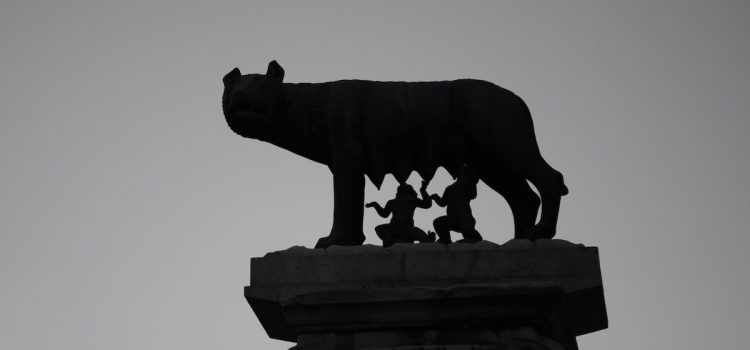
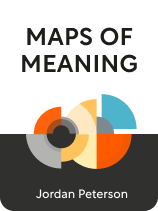
This article is an excerpt from the Shortform book guide to "Maps of Meaning" by Jordan Peterson. Shortform has the world's best summaries and analyses of books you should be reading.
Like this article? Sign up for a free trial here.
What does the Mother archetype represent? How old are goddess-based religions?
The Dragon, the Mother, the Father, and the Son are the characters in our most primal myths. They represent the broadest elements of human existence. One key aspect of these characters is that each has creative and destructive potential.
Let’s take a look at the Mother archetype to understand what it represents and how it’s been reflected in society through the ages.
The Mother Archetype: Creator and Destroyer
In myth, the Mother archetype represents the unknowns that people face throughout their lives, such as the mysteries of nature or the uncertainties of human interaction. In a sense, the Mother is an extension of the Dragon in a form that can be comprehended on a human level. The immediate image that springs to mind is Mother Nature, the source and Creator of all living things, but the Mother also has a Destroyer aspect because birth always brings the promise of death.
Every infant’s first experience is that of their Mother Creator, a godlike being who provides food and warmth. The female body, Peterson says, is the gateway between the world we’re born into and the nothingness from which we came. Thus we find fertility goddesses woven throughout every ancient mythology. Just as children look up to their mothers, so too the earliest religions may have grown from ritual worship of the Mother Creator as the source of shelter and life.
However, the Mother also has the power to destroy whatever she creates. Nature can be bountiful, but anyone who’s seen a lion on the prowl knows it can also be savage. Peterson argues that, in mythology, the frightening aspect of the Mother symbolizes the threat of the Wild—the animal predator or the power of a storm. The most striking depiction of the Mother Destroyer may be the Hindu goddess Kali, who is often pictured wielding instruments of death.
| The Worship of the Goddess Archaeological evidence suggests that goddess-based religions predate their patriarchal antecedents, although there’s debate as to whether that interpretation is consistent with findings from the neolithic period or is colored by contemporary bias. In present-day religions, the mother goddess Devi is ranked among the most important in the Hindu faith, while in China, Quan Yin, goddess of mercy, is among the most revered in the Buddhist pantheon. In truth, the motif of a Destroyer Goddess may not be as common as Peterson suggests. In Hindu myth, there are other goddesses of destruction in addition to Kali, including Durga and Chandraghanta, though all of these use their terrifying powers to serve an ultimate good. Other prominent examples, such as the Egyptian war goddess Sekhmet and the Greek queen of the underworld, Persephone, are likewise associated with healing and rebirth. More commonly, negative portrayals of women in mythology take the form of witches, such as Circe in The Odyssey or Russian folklore’s Baba Yaga. It’s likely that many of these negative depictions arose as a means to justify patriarchal rule. In Women & Power, classics professor Mary Beard makes the case that silencing women was a central tenet of many of the stories in Western mythology. |

———End of Preview———
Like what you just read? Read the rest of the world's best book summary and analysis of Jordan Peterson's "Maps of Meaning" at Shortform.
Here's what you'll find in our full Maps of Meaning summary:
- Why myths are vital to how humans confront and make sense of a chaotic world
- How to apply the lessons of myth to live a more well-rounded life
- How the findings of neuroscience are echoed in the structure of our most ancient tales

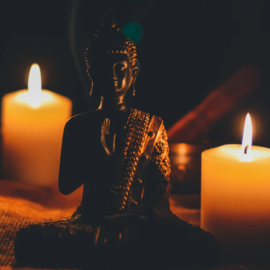
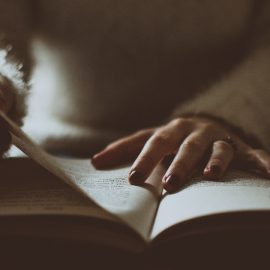
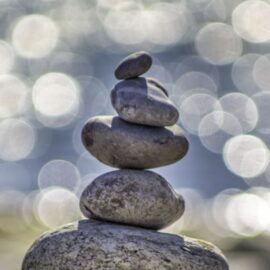
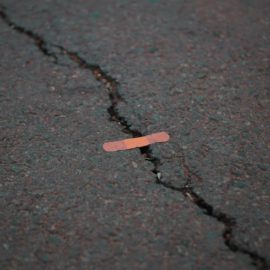

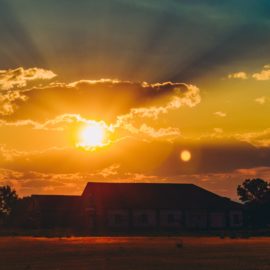
you have explain nice way, thanks sharing